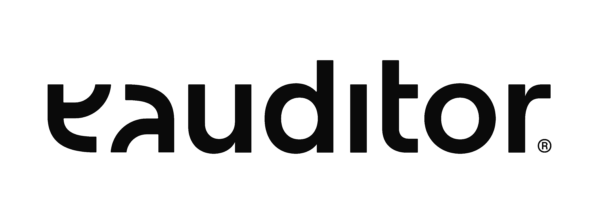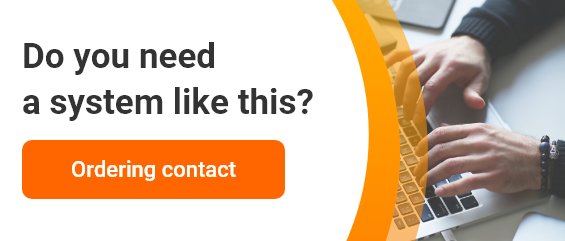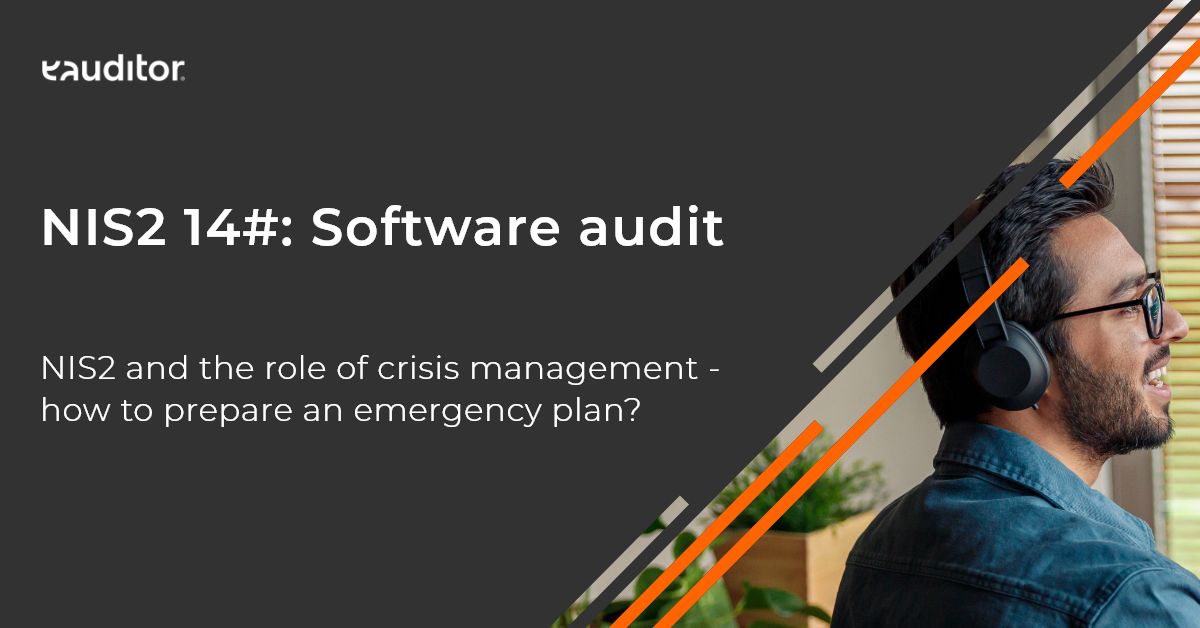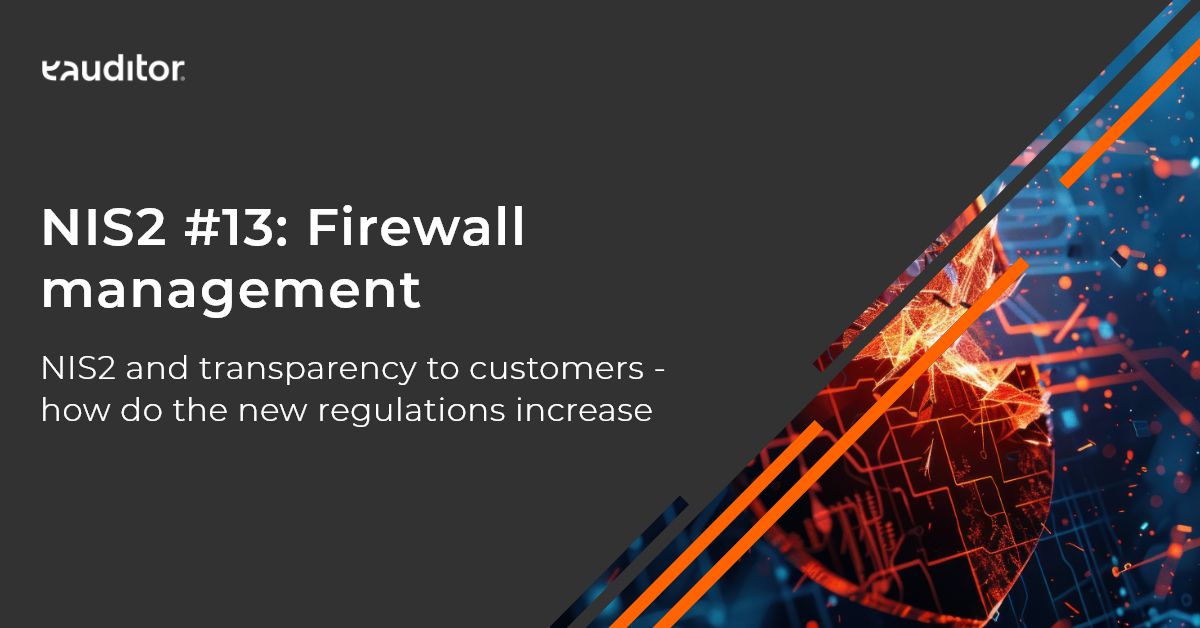DORA Regulation
What is it and what challenges does it bring?
DORA Regulation
With the rapid development of digital technologies, the financial sector has faced new threats and challenges in terms of cyber security. Odpowiedzią na te wyzwania jest unijn e Regulation DORA (Digital Operational Resilience Act), whiche introduces new regulations for the operational resilience of financial institutions to cyber incidents. The main goal of DORA is to ensure that all financial sector players (from banks to insurers to technology service providers) are able to not only respond quickly to cyber threats, but also effectively prevent them.
Regulation DORA will take effect in December 2024, giving companies time to comply with its requirements. It covers a wide range of ICT risk management requirements that focus on:
- Information and communications technology (ICT) risk management.
- Monitoring threats and cyber incidents.
- Operational Resilience Systems Testing Requirements.
- Managing relationships with external suppliers.
- Cooperation at the European level on sharing information on cyber threats.
Financial institutions will have to document their approach to ICT risk management, which means that all processes, policies and tools will have to comply with DORA requirements.
Like eAuditor IAM can support in complying with DORA requirements?
One of the key elements of DORA’s requirements is effective identity and access management within the organization. This is where the system enters the scene eAuditor IAM (Identity and Access Management), which can play a key role in meeting the requirements of the new directive.
1. Managing access to ICT systems
DORA places great emphasis on controlling access to systems, especially those critical to the operational activities of financial institutions. eAuditor IAM enables:
- Centrally manage user identities, allowing you to control precisely who has access to which resources.
- Automate the granting and revoking of privileges depending on the user’s role in the organization.
- Access auditing – the system provides a full history of access changes, which is crucial for DORA, which requires regular reviews and updates of authorizations.
2. Ensuring compliance with the principle of “least privilege”
DORA promotes the principle of “least privilege,” meaning that users should only have access to those resources that are necessary to perform their duties. The eAuditor IAM helps implement this requirement by enabling:
- Defining roles and corresponding authorizations based on the employee’s duties and level of responsibility.
- Regularly reviewing accesses and adjusting them as needed.
3. Security incident monitoring and management
The eAuditor IAM system enables monitoring of any attempted access to systems, which is crucial for detecting and responding to potential threats. With advanced auditing and reporting features:
It is possible to quickly detect unauthorized access attempts.
The eAuditor IAM supports incident response processes, allowing instant blocking of access for users whose actions may pose a threat.
4. Integration with other security systems
DORA requires organizations to take a holistic approach to ICT risk management. eAuditor IAM can be integrated with other monitoring and security systems (such as SIEM or risk management tools) to enable a more comprehensive approach to operational security management.
5. Relationship management with external suppliers
Under DORA, financial institutions must also manage the risks arising from working with third-party ICT service providers. eAuditor IAM enables access management for external users as well, providing full control over what permissions are granted to providers and allowing them to be quickly withdrawn when they are no longer needed.
6. Documenting regulatory compliance
The eAuditor IAM supports financial institutions in documenting compliance with the requirements of the DORA regulation by generating reports that show:
- Who had access to what resources during a given period.
- What changes in entitlements were being made.
- When and what audits were conducted on identity and access management.
Such reports can form the basis for regular compliance reviews and external audits.
Summary
The DORA regulation introduces a number of challenges for financial institutions, particularly in the area of ICT risk management. Effective implementation of an identity management system, such as eAuditor IAM, can greatly facilitate compliance with the new requirements while ensuring a high level of operational security. By centralizing access management, automating processes, and providing advanced monitoring features, eAuditor IAM becomes a key tool in ensuring compliance with new regulations and building an organization’s digital resilience.
If your financial institution is preparing to implement DORA requirements, it is worth considering the implementation of an eAuditor IAM system, which will help not only to comply with the new regulations, but also to increase operational efficiency and security.





